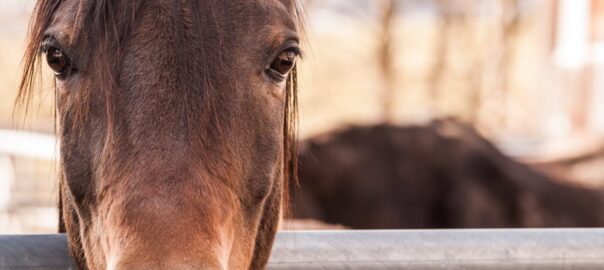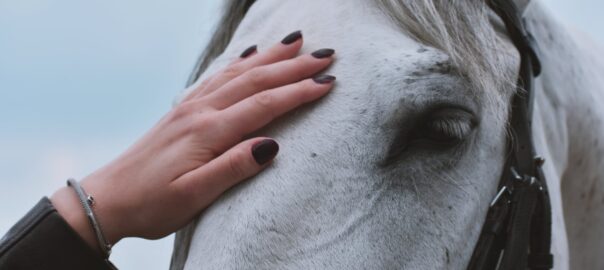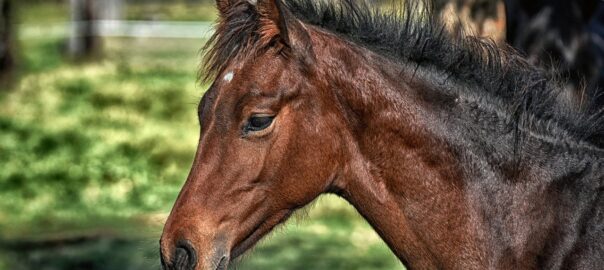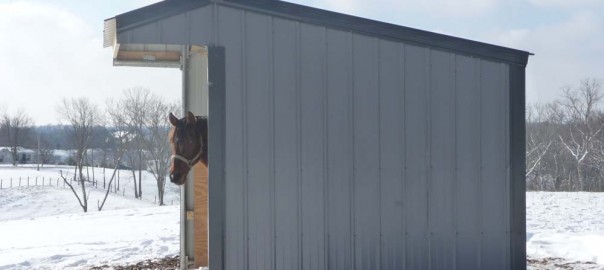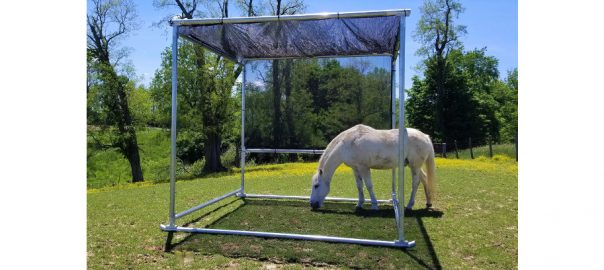Take Better Care of Your Horses with the Best Hay Saver Feeders
If you’re caring for horses, you need to ensure that you’re providing them with high-quality hay feeders so you can keep them well-fed, healthy, and comfortable.
If you’re not using a quality hay feeder, you’ll end up wasting a significant amount of hay, money, and time. You’ll also put your horse’s health in jeopardy with a lesser quality product.
Using the best hay feeder for your horses can help eliminate waste by as much as 40%. Horses can actually consume their daily requirements of feed in a matter of hours. With a great Saver Hay Feeder, your horses will be far less likely to overeat because they can eat as they please. Conversely, with slow feeders, in addition to stress, some serious health concerns like, vomiting, choking, and gastrointestinal problems can all occur.
With old, circular feeders, horses bury their faces in the hay and often inhale too much dust, leading to even more respiratory issues. These conventional feeders just aren’t well enough equipped to effectively hold hay so it gets ruffled around, stirring up all kinds of unhealthy debris. Eating from a hay saver feeder, which is approximately 93% efficient at containing hay, will reduce the ingestion of dust, sand, and dirt, ensuring your horses are as healthy and well-nourished.
Keep in mind, horses thrive in a structured environment, so it’s best to remain consistent when it comes to a hay feeding schedule. Don’t make any sudden changes to your feeding routine because it can lead to feelings of stress. Also, try to avoid feeding before and after your horse’s exercise.
Make sure you’re taking your choice in hay feeder seriously in order to best care for your horse. Our saver hay feeders are durable enough to withstand the elements and last for 20 or more years!
